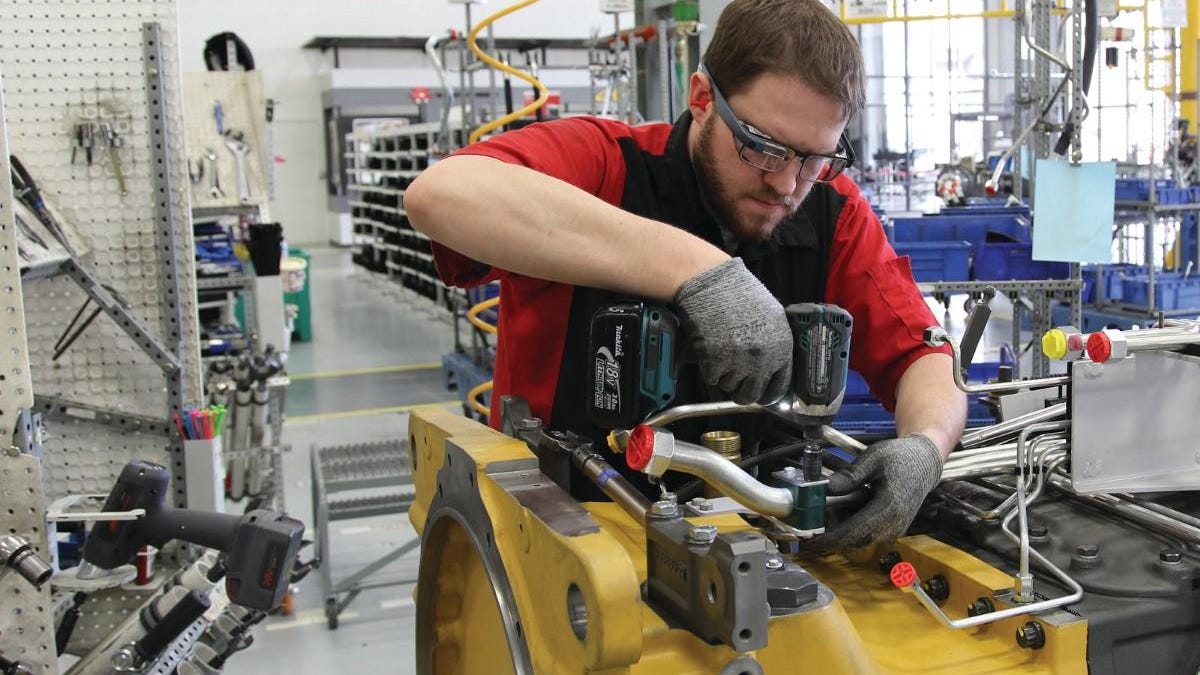Google Glass returns: This time, it's professional
Glass 2.0 goes to work, and suddenly it looks normal. Maybe enterprise is where it should have been all along.

An AGCO employee using the Glass Enterprise Edition in the field.
A long time ago, before Snapchat Spectacles and Microsoft HoloLens, there was Google Glass. Google's bold vision of headsets wasn't as futuristic as it seemed back in 2013 -- it was more head-mounted display than augmented reality -- and its design as a personal device put most people off.
It may have found a home in business, though.
Google Glass 2.0 is a hardware revamp of the Glass in a similar design. Now it's being targeted as a wearable for business use, in the spirit of the Epson Moverio, HoloLens and Daqri. And in that context, it's a lot less off-putting.
Glass Enterprise Edition, as it's being called, is only available via what it calls Glass Partners, companies that are making specific, customized versions for clients. Price is variable: "The cost can vary based on the software customization, customer support and training you need."
What the new Glass looks like: basically, just like the old Glass.
Glass Partners include Augmedix (a "documentation automation platform" for health systems), Aira (assistance for the blind, which helped this runner race the Boston Marathon) and Brain Power (neuroscience-assisted tools for autism and traumatic brain injury).
DHL, GE, Sutter Health and AGCO have already been working with Glass Enterprise Edition, according to X Company, the tech incubator that's a part of Google's parent company Alphabet. GE airplane mechanics have engine manuals and blueprints in their line of sight; AGCO workers can get remote video support.
Spec improvements include longer battery life, lighter weight, a faster processor, an improved 8-megapixel camera, a light to show when the Glass is recording, and better, more secure wireless connectivity. The Glass also works with prescription lenses.
Technically, the Glass isn't positioning itself as an AR device. Instead, X Company considers the Glass to be "assisted reality," not augmented reality.
As augmented reality moves into more phones in the near future, AR headsets -- or assisted reality ones -- no longer seem so farfetched. Whether or not people will want to wear smartglasses remains unclear, but for those that do, Glass is firmly staying in the enterprise race. And the funny thing is, this time it all seems incredibly, boringly normal.

